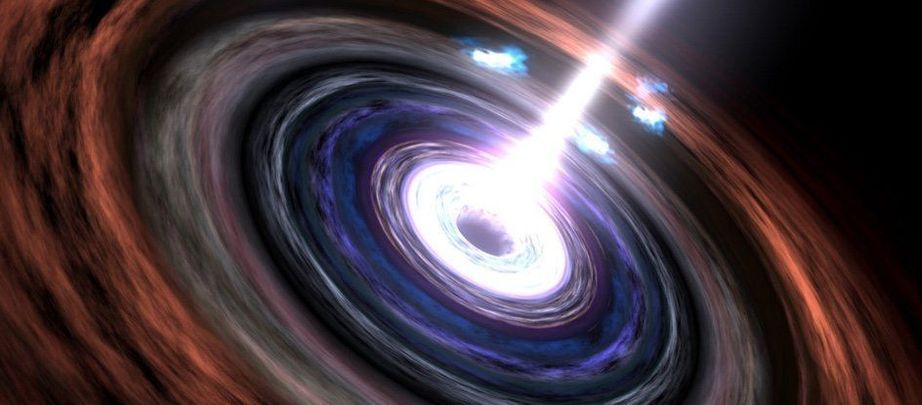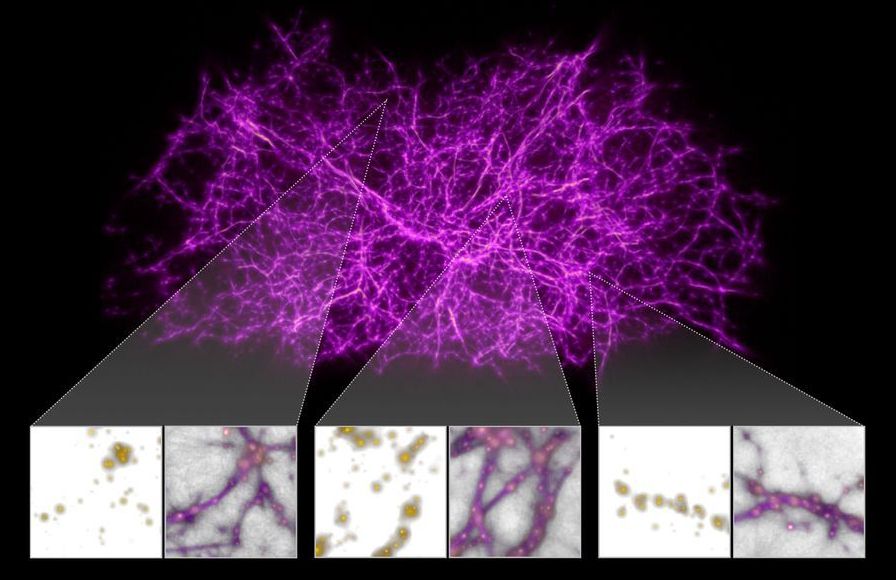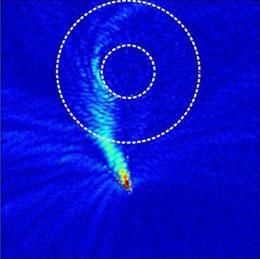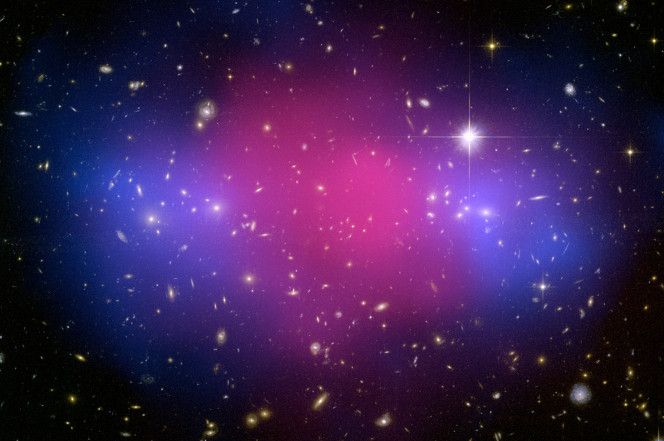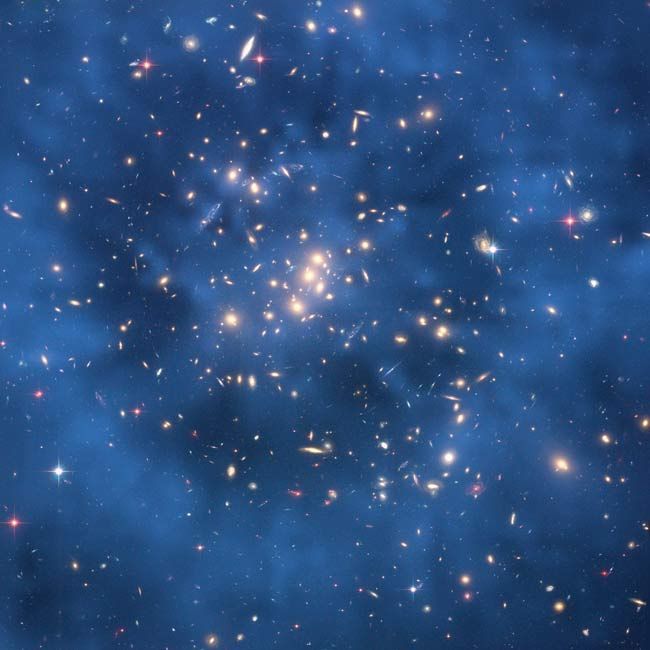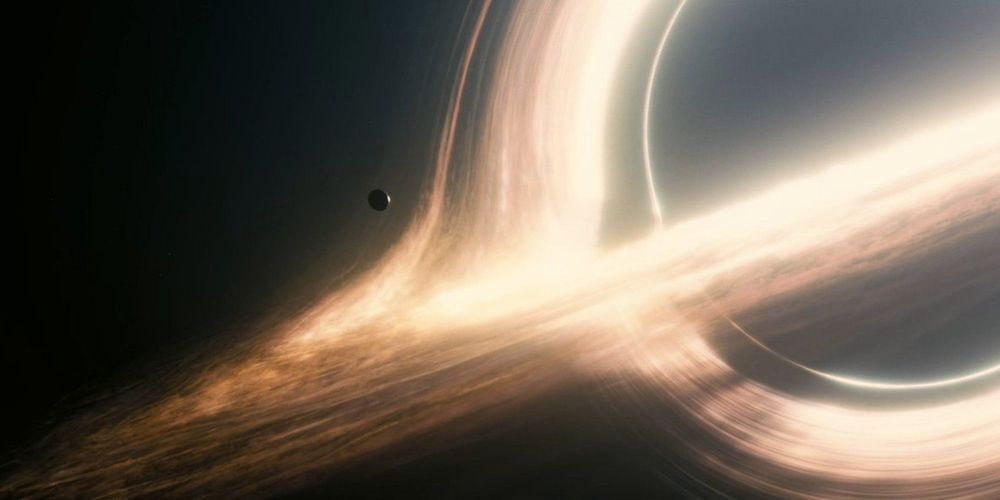Maybe could use a higgs field to deflect it or aim it away or use a higgs laser to destroy the black hole.
Astronomers have discovered the existence of a supermassive black hole that looks to be the oldest and most distant of its kind we’ve ever encountered – and it just happens to be aiming its bright particle beam directly at Earth.
The newly found supermassive black hole – called PSO J030947.49+271757.31 – is the most distant blazar ever observed, researchers say. That conclusion is based on the wavelength signature of the object’s redshift, a phenomenon scientists can use to measure the distance of light-emitting sources in space.
Blazars are supermassive black holes that lie at the heart of active galactic nuclei: central regions of galaxies bursting forth with high levels of luminosity and electromagnetic emissions, thought to occur due to the intense heat generated by particles of gas and dust swirling in the accretion disks of supermassive black holes.
